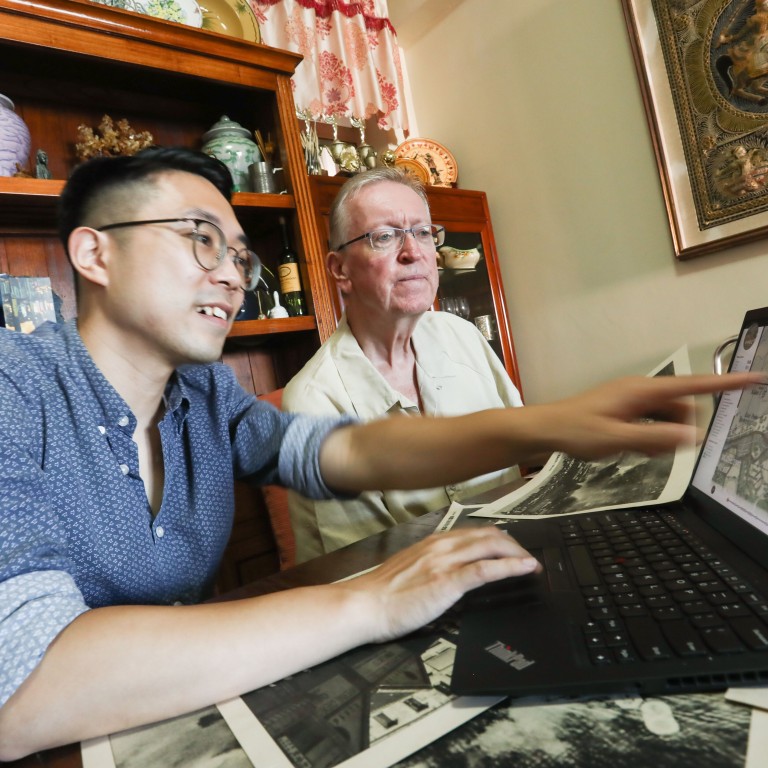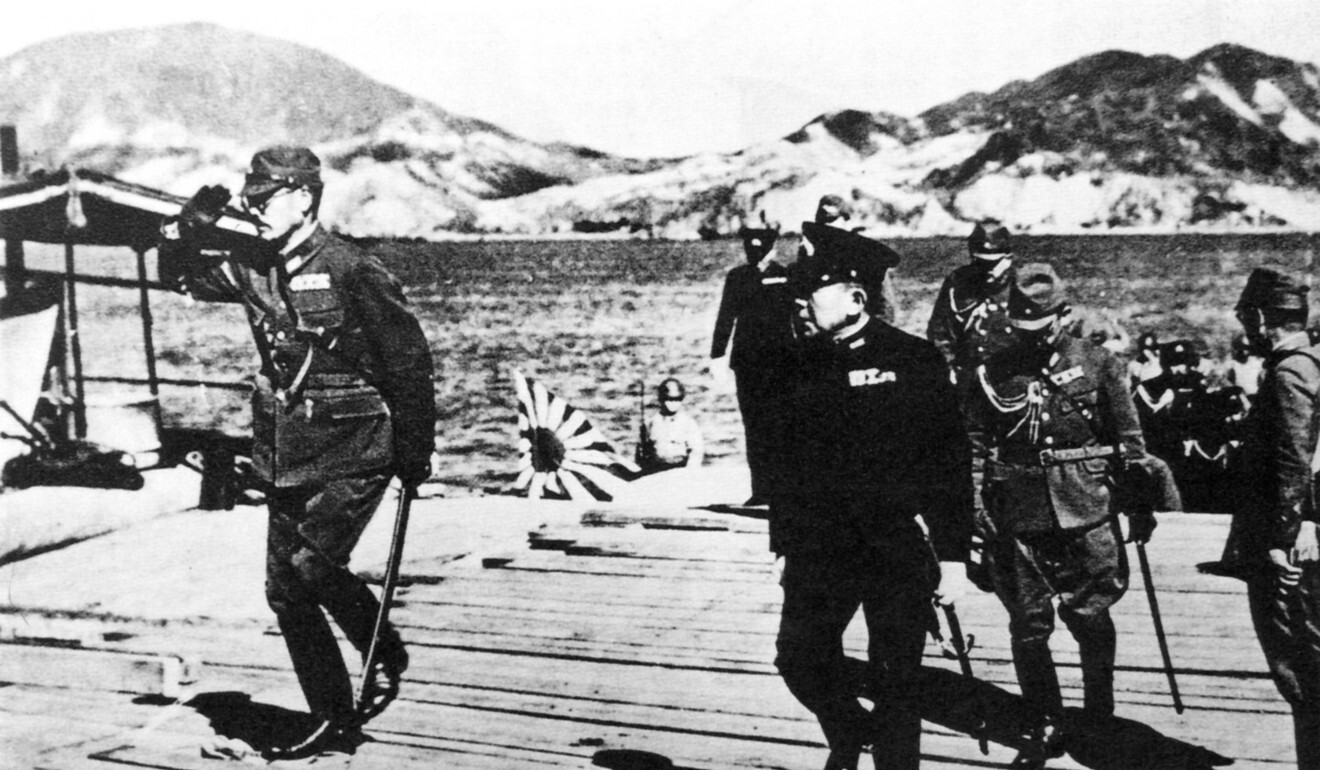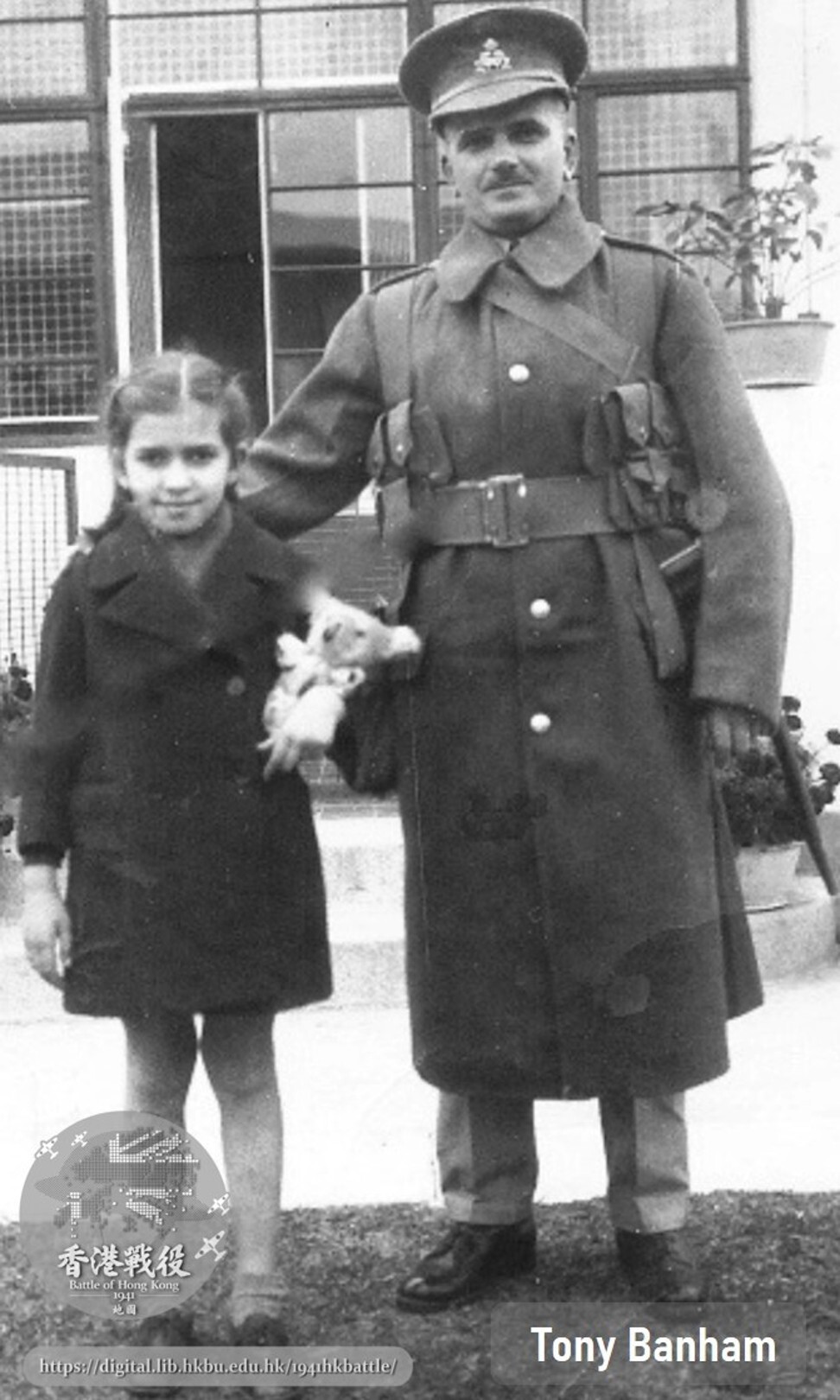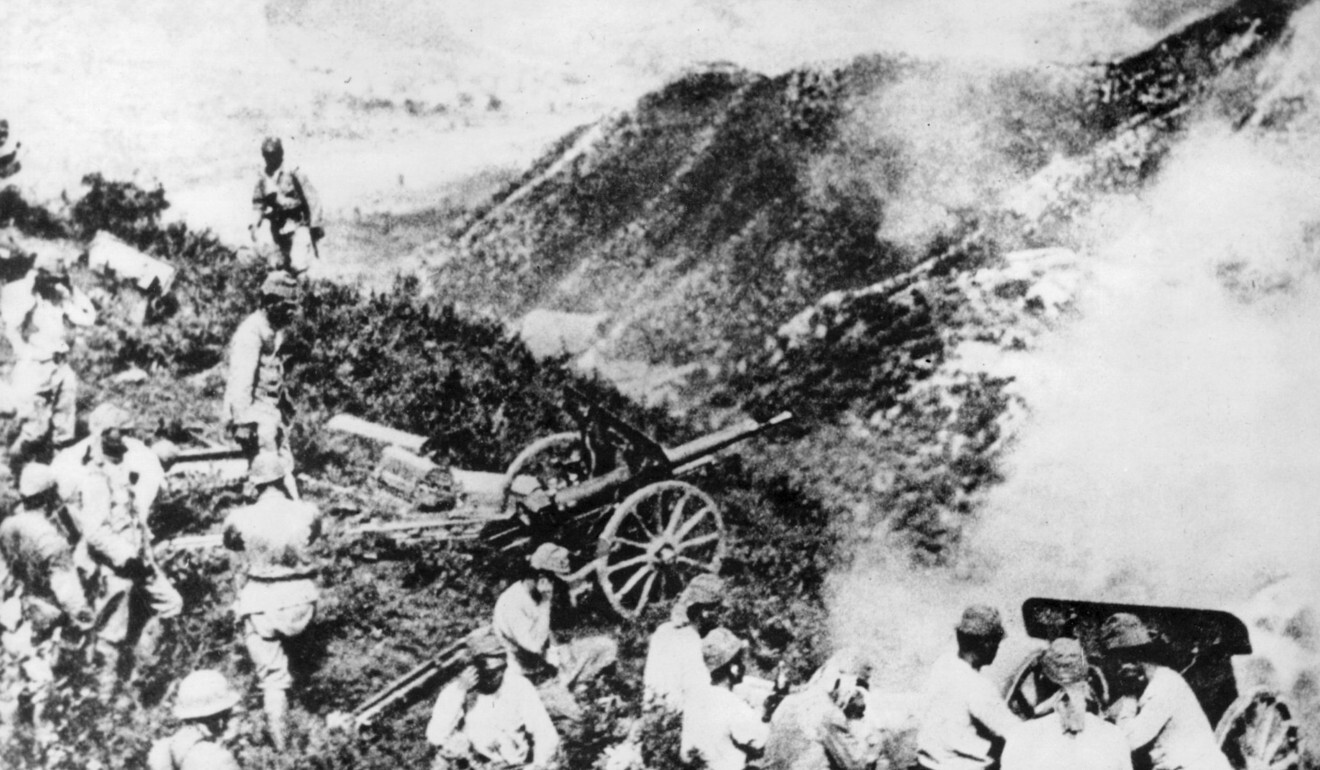
Hong Kong historians capture horrors of World War II in new website, with plenty more for heritage buffs, hikers too
- Voices from the past describe painful scenes of terror and brutality in Battle of Hong Kong
- Project led by Baptist University historian aims to educate people on multiple facets of war
Historian Kwong Chi-man wants Hongkongers to remember the horrors of war, and one particularly painful episode from the fall of Hong Kong in December 1941 stands out.
Nurses running an orphanage in Fanling in the New Territories were raped and brutalised when Japanese soldiers arrived on December 8 and overran the place.
Recording what happened that day, Mildred Dibden, an English woman who founded the orphanage, wrote: “One of the nurses was dragged forcibly by her hair and arm out of the room, holding on to anything she could reach on the way.
“I caught hold of one arm but was so heavily thumped that I had to let go. She returned in a state of collapse, only to be dragged off again later.”
Other nurses were brutalised the same way, and one baby died after falling to the floor when a soldier kicked over a cot, Dibden wrote.
Born in England in 1905, she founded the orphanage in the 1930s. She later returned to England where she died in 1984.
Her account, believed to be from her diary, is kept by the Imperial War Museum in Britain. Kwong said her experiences vividly showed the fear and uncertainty people faced during that difficult period.

Dibden’s story will be included in a comprehensive website documenting the Battle of Hong Kong. The HK$1.5 million (US$192,300) project was led by Kwong, an associate professor from Baptist University’s history department.
The website will be launched on Sunday with a public talk and online screening at House of Men by Badges Story in Causeway Bay, a shop for British military memorabilia.
Expecting mainly history buffs, Kwong said those who came would be shown how to use the database.
He said his main goal was to educate people on the horrors and different dimensions of war, and also how to better understand the many World War II ruins in Hong Kong.
Anyone can visit the website to find out about the Battle of Hong Kong, the period from December 8 to 25, 1941, also referred to as the Fall of Hong Kong, when invading Japanese overwhelmed the British and allied forces.

Heritage enthusiasts and hikers can also go to the website to learn about the various surviving military sites.
Historian Tony Banham, who has written several books on Hong Kong’s World War II experience, said the website brought together in one place everything from wartime stories to military structures.
“So many people and amateurs don’t really have the base knowledge, but now the base knowledge is available through this project,” he said. “With a database, you can constantly fix any errors and add more data, photos and stories.”
Kwong and several other researchers spent two years compiling decades of wartime findings, interviews with veterans, handwritten letters, maps and photographs.
They also drew on sources such as the archives of the National Institute for Defence Studies in Japan, the National Army Museum in Britain and others.

Kwong said the result was that the website could “show many different things happening in different places at the same time, which is important, because you can see the relationship between them”.
By studying old maps, 379 of the city’s military structures, including pillboxes, coastal batteries, searchlights and more, can be viewed on modern maps as well as old ones used by the British and Japanese.
A section on the “faces of war” features the stories of more than 70 soldiers and civilians plotted where they occurred, at specific locations on the wartime maps.
Among them is the story of 10-year-old Luba Alexandra Skvorzov, who saw Chinese men being bayoneted by Japanese soldiers and left to die in December 1941.
She was living with her Russian parents and friends on Garden Road on Hong Kong Island when the attacks occurred before their eyes. No one dared to help the fallen men.

Five months after the British surrendered, Skvorzov and her family fled to Shanghai, travelling on the same boat as the family of the young Michael Kadoorie, who later became a billionaire businessman in Hong Kong.
According to the Hong Kong Heritage Project, which was founded by Kadoorie, and the book Hong Kong’s War Crimes Trials by academic Suzannah Linton, Skvorzov saved Kadoorie from falling overboard.
Kwong said more stories, data and photographs would be added to the website gradually.
A coming section, on the “scars of war”, will feature photos of existing Hong Kong buildings and structures such as the Tsim Sha Tsui Clock Tower and the Cenotaph, in Central, where wartime damage can still be seen today.
A simplified version of the website is also being planned as a teaching resource for secondary school teachers.

